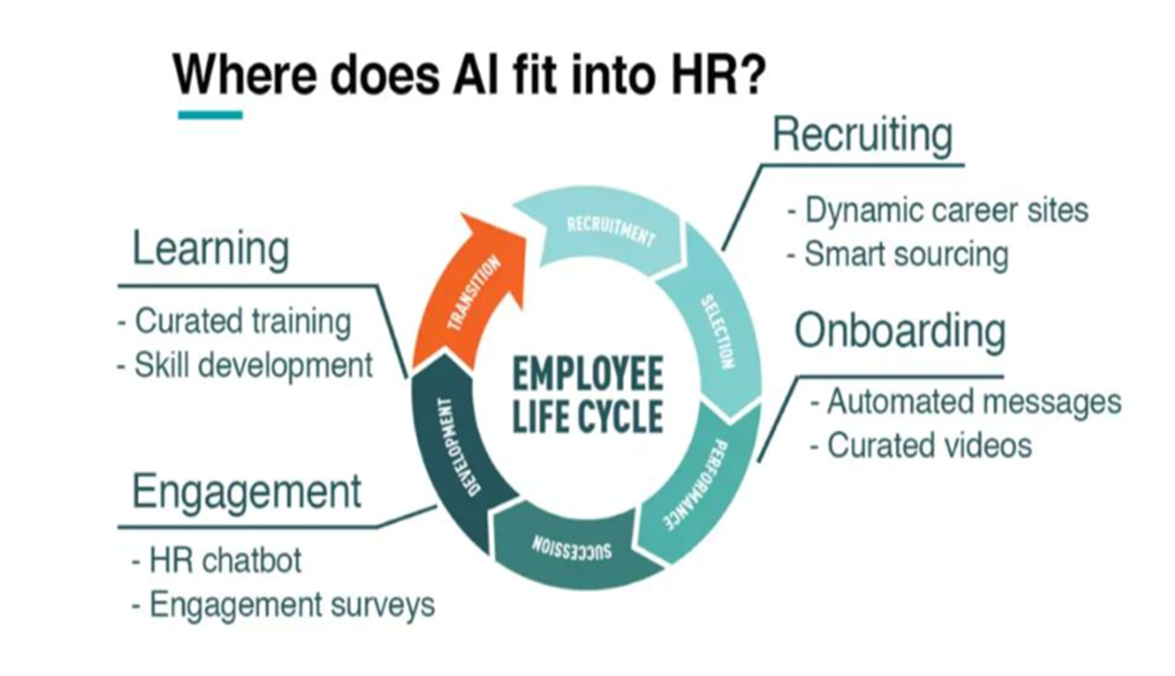Artificial Intelligence in the Human Resources Domain: A Comprehensive Examination of Technologies, Applications, and Implications for the Future of Work
Keywords:
Artificial Intelligence, Human Resources, Future of Work, Talent Management, HR TechnologiesAbstract
Artificial Intelligence (AI) has emerged as a transformative force in the Human Resources (HR) domain, fundamentally changing how organizations manage human capital. From talent acquisition to employee engagement, performance management, and learning & development, AI is being utilized to improve efficiency, reduce biases, and enhance decision-making in HR processes. This research provides a comprehensive examination of the various AI technologies currently being employed in HR, analyzing their applications and implications for the future of work. Through an exploration of AI's impact on HR functionalities, this paper aims to contribute to the understanding of how AI can be leveraged to create value for both organizations and employees. The findings suggest that while AI offers numerous opportunities, it also presents ethical challenges and requires careful consideration of human-AI collaboration. The paper concludes with a discussion of future research directions and best practices for the integration of AI in HR to achieve positive organizational outcomes.




